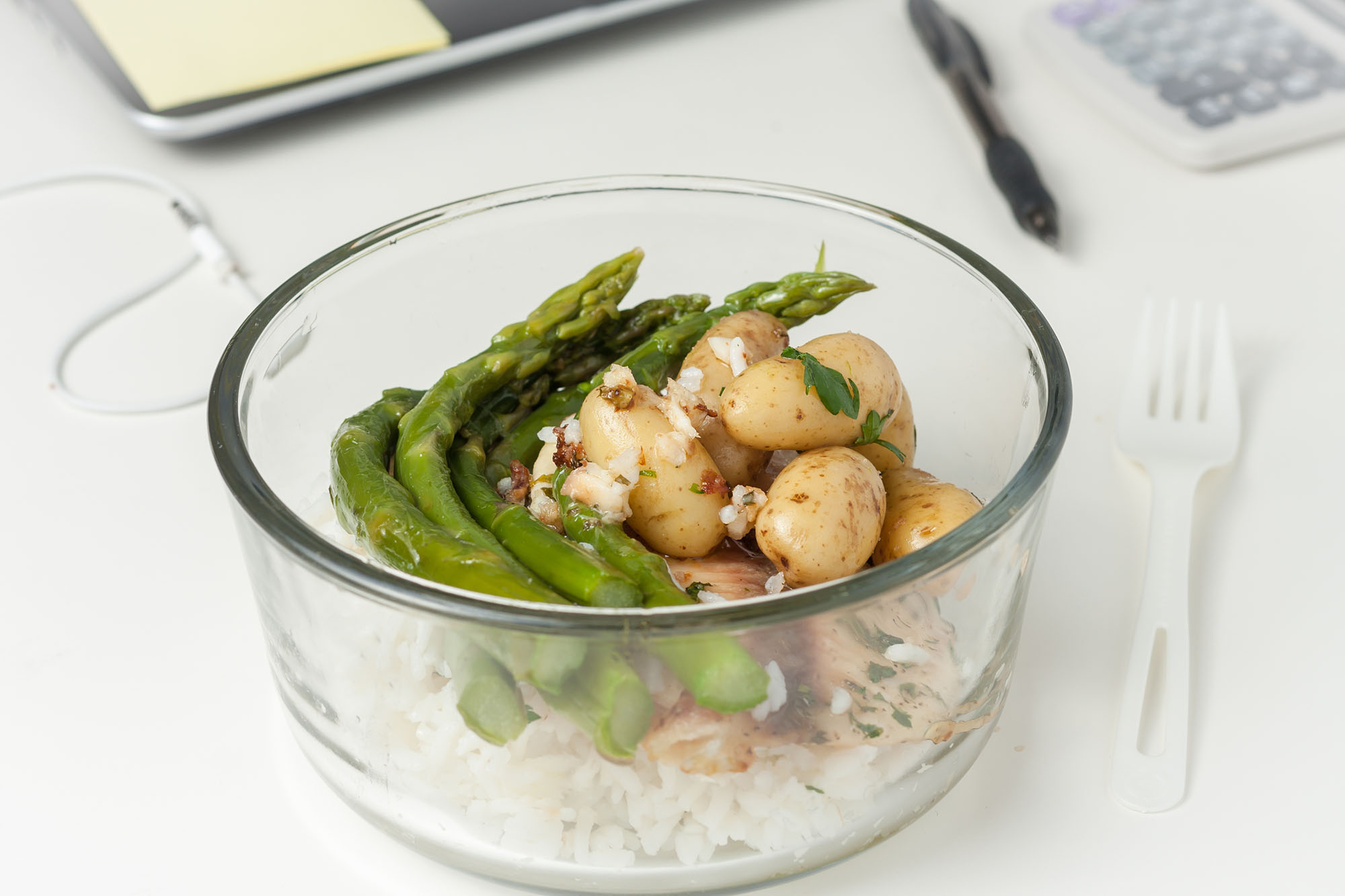What to do With Leftovers
Nutrition | November 26, 2018

A minor problem that comes around is leftovers. It’s something that I myself deal with, which always seems to come back and tease me as I write my meal plans. I strive to make them efficient, that way there’s no waste. But as life happens, there are days when we’re faced with the choice to regrettably dispose of any leftovers (no matter how big or small) or just eat and get them out of the way.
That’s why I thought I’d share some useful tips on how to make the most out of your leftovers, and use them to your advantage. If you’re currently following any of my meal plans, feel free to use this info in case you come across a “leftover situation”!
Give Them New Life
Got a cup or two of cooked vegetables and don’t know what to do with them? Easy! Re-purpose them as pre-made ingredients into a new recipe. That’s the keyword here-ingredient. I recently read that instead of viewing leftovers as, well, leftovers, we should instead think of them as a new ingredient. There are so many things you can make like omelets, frittatas, and scrambles for the morning, and stir-fries, stews, salads, sandwiches and soups for lunch and dinner. The sky’s the limit here, so get creative!
Be Creative
Do you have any bunches of herbs that need to be used ASAP? Instead of tossing them out, why not use them to make condiments? For example, if you’ve got leftover basil, you can blend it up with some olive oil, garlic, and nuts to make a pesto.
Some people even like to blend their herbs with a small bit of water and pour them into ice trays, which they’ll later freeze and defrost for later use. And the same can be done with spinach and leafy greens: blend, freeze and store them away until they can be used in things like smoothies, soups, or stir-fries.
Even tomatoes can be rescued by being used for homemade tomato sauce. Just dice them up and add them to a pot with a bit of water, olive oil, and fresh herbs and spices.
The peels from chopped fruit don’t need to go to waste either: use them to flavor your water, or add them discretely to a smoothie or sauce.
Leftover scraps of vegetables can also be preserved by way of fermentation. Add them to a jar with a bit of salt and fill the container up with water and/or vinegar. Let it sit for a few days and you’ve got a naturally fermented food that’s easier to digest and rich in probiotics! (Want to know how I make mine? Check out this out and learn how!)
Chill Out
Finally, when in doubt, freeze. Soups, smoothies, vegetables, fruits- practically anything can be preserved in the freezer. If anything looks like it’s going to go bad, immediately wash and store it properly in your freezer. Not only will you be preventing food waste, but you’ll also have some emergency food on those days when life gets ahead of you. You can even do this with coffee or tea: just pour it into an ice cube tray, and save it for later. Then when you want to whip up a fresh cup, just heat it up on the stove or microwave in a mug. You’ll have instant tea or coffee right when you need it! And here’s another fun hack: did you know that you could freeze avocados? I didn’t either until recently! All you have to do is slice the avocado in half, peel it, and remove the seed. (Some people like to add a squeeze of lemon juice for good measure; its vitamin c content acts as a natural preservative.) Then just put it in plastic wrap or sealed container and store it away! When you need to defrost it, just take it out and let it thaw for 30-45 minutes, and you’re set!
Over to You
I hope this little tricks and tips will help you out with your leftovers. And if you’ve got a way of saving yours, please tell me down in the comments! I’m sure we’d all love to learn how to cut back on food waste.















Comments Add Comment
Add a Comment